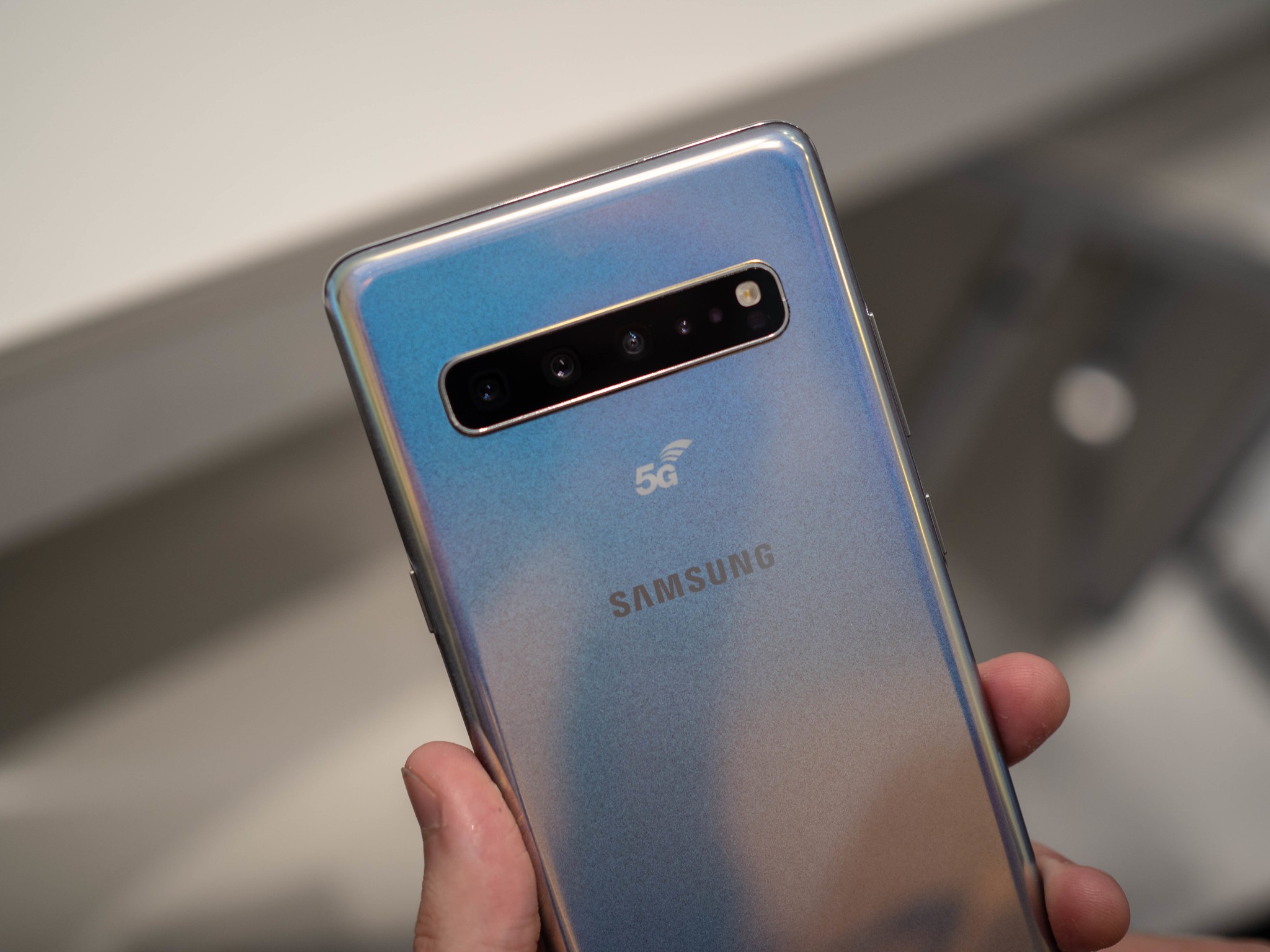5G will increase divide between those big-city broadband haves and rural have-nots

In October 2018 I wrote about how 5G could be the best hope rural areas have when it comes to getting high-speed internet access. I concluded those thoughts with this little nugget: But I fear that nothing will change enough to make a difference and the have-nots will still go without. Fast forward to April 2019 and I no longer fear that will be the case — I'm certain.
5G service needs a big fat pipe of bandwidth to draw from. That's not going to be the problem after all.
Back in the late summer of 2018 carriers were saying that spectrum licensing would be the hurdle to jump over if they were to be able to provide rural broadband using 5G. It wasn't the end-point service causing the issues, it was the backhaul. Every network needs enough backhaul to provide data to all the end users. Think of backhaul as a great big water pipe that the smaller water pipes feeding our homes are connected to. The great big pipe has to be big enough so that it can stay full when all the smaller pipes are draining from it. Data works like water: it can only flow if the source can provide enough to feed every user.
These backhaul networks can come in different flavors, like fiber, or coaxial, or even microwave transmission. One thing they all have in common is that you can't connect to them in order to have 5G service on your phone or laptop. For that, you'll need to be close to an end-point of the service. Current cellular data networks are mostly the same — the data stream that connects Savannah, Georgia to Jacksonville, Florida isn't there for you to get LTE service. You need an actual cell tower for that.
Rural America is well equipped to install and service the equipment needed to get 5G from city to city.
That's not the problem for rural areas, and in fact, small towns that make up a population blip on the map mean there are people around to install and service these data pipes that provide 5G backhaul as they move through the area. Any qualified electrical contractor in flyover country would love to get a service contract. But providing a series of connection points that we can connect to costs a lot of money, and until it becomes profitable, it's not going to happen. Unfortunately, becoming profitable is going to be difficult because of the way small cell sites need to be daisy chained for us to get 5G.
Millimeter Wave. Two words you've probably heard mentioned and might not understand exactly what they mean. It's the name attached to ultra-high frequency signals, like the 28GHz and 39GHz spectrum Verizon is using for its new 5G UWB service. Data can be transmitted very quickly using these frequencies when everything is set up to do so. The offset is that these frequencies don't travel very far or penetrate solid surfaces very well. Verizon's 5G UWB is stupid-fast when you're close to one of the 5G cell sites. Move just a few feet away and you see it get slower and slower. To have 5G blanketing an area means you need hundreds or thousands of these small cell sites. And each one costs money to build, install, and maintain.
Millimeter wave frequencies can carry a lot of data; they just can't carry it very far.
Compound this with the way 5G works in real-life. No carrier or broadband ISP has plans for a stand-alone 5G network any time soon. In fact, none have even discussed the idea yet. What carriers will be deploying is an NSA (non-stand-alone) 5G network that depends on a strong 4G LTE service to run with it in tandem. A combination of your phone, the closest cell-site, and the data you're fetching decides when you need to attach to a 5G signal and use the additional bandwidth it offers. Most of the time your phone or tablet or laptop or whatever will be using the existing 4G LTE broadband service that already exists.
When you take both of the two factors above into account, you quickly see that 5G deployment in rural areas means a huge outpouring of cash for carriers, who have shown time and time again that they hate pouring out cash. I'm afraid that all the talk and testimony to lawmakers saying 5G is all about serving rural areas is just that: talk.
Get the latest news from Android Central, your trusted companion in the world of Android
To get 5G service to rural America is going to take the one thing carriers all hate doing: spending a lot of money.
There are other ways to deploy 5G that don't need a swarm of tiny cell sites, like midband and lowband tech. They can use the existing networks to deliver more data using carrier aggregation and aggressive scheduling. Sprint and T-Mobile are talking about a 5G network that uses Sprint's midband 2,4GHz as backhaul and T-Mobile's 600MHz spectrum for end-point delivery and that's a good example. It also means that if you live somewhere that doesn't have a great 4G LTE network, you need more towers which means some company needs to spend more money. That puts us back to square one.
I'm excited about 5G and love watching how it evolves and gets deployed, both in the U.S. and elsewhere. but I'm almost certain that it won't be the savior that fixes rural America's broadband internet problems anytime soon.

Jerry is an amateur woodworker and struggling shade tree mechanic. There's nothing he can't take apart, but many things he can't reassemble. You'll find him writing and speaking his loud opinion on Android Central and occasionally on Threads.
